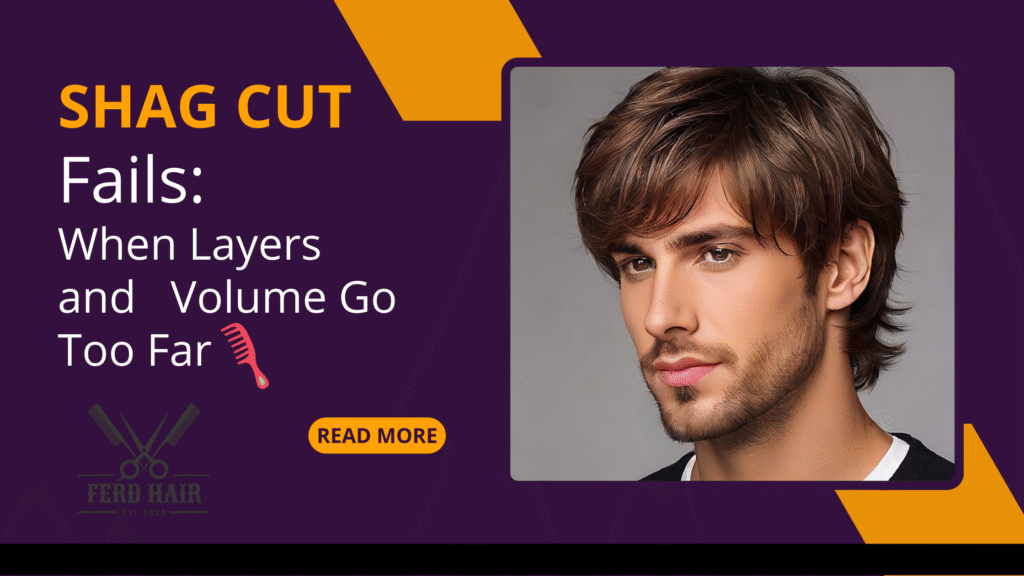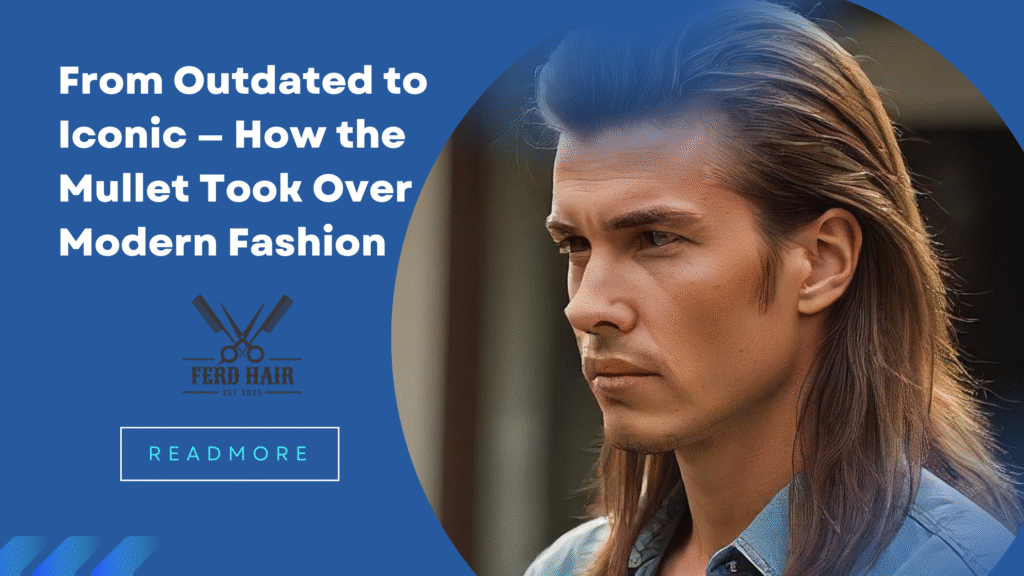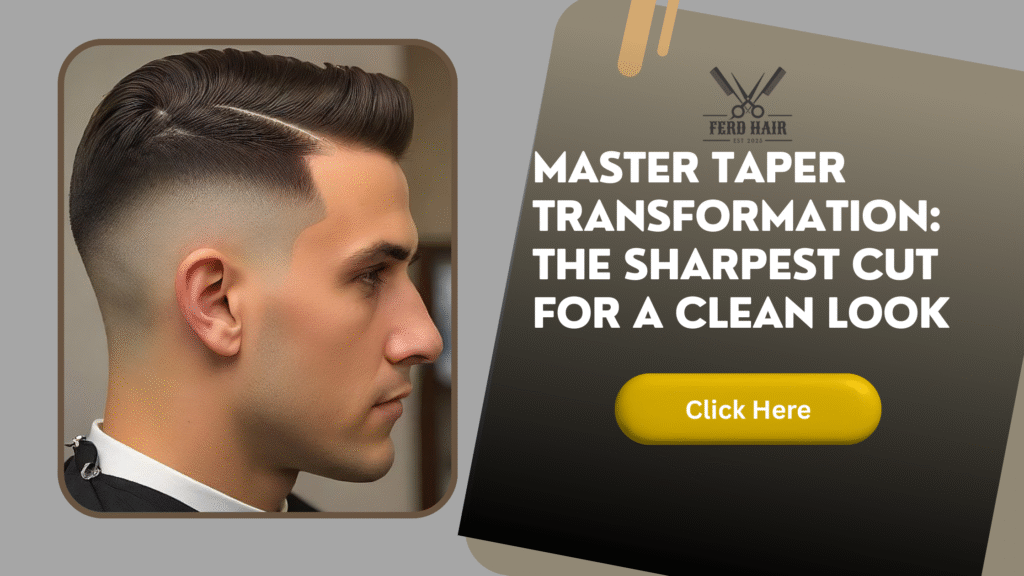Table of Contents
Introduction
Shag cut is such a messy, edgy, and cool hairstyle that can be characterized as one of the most demanded hairstyles lately. It’s rockstar origins and naturally casual aesthetic perks; there is no wonder why this layered look is becoming popular amongst TikTok trendsetters, Hollywood A-listers, and everyone in between in 2025. However, the thing is that, as much as a shag cut may be fantastic when done right, it can end up terribly as well.

Lived-in volume that is supposed to be soft may easily become a chopped-up, shapeless slop. Dramatic effects make layers that are supposed to outline your face may overwhelm your face. And with no good texture and balance? You wind up fighting frizz, puffiness, or in-between grow-out periods, which are a nightmare to style properly.
Has there ever been a time when you left a salon and realized that your shag cut looks nothing like the inspo picture? When that happens, know you are not the only client that has this happened to, and this has been happening to many people. Here we deconstruct the most failing cut of shags- and how to prevent them. Since the shag is aimed to appear wild… not out of control.
Check out: Slick Back Revival: Why This Sleek Trend Is Dominating 2025
Ignoring Hair Texture: One Shag Does Not Fit All
Shag is beautiful because it is adjustable, when not messed up. However, this is one of the greatest errors that people (including even stylists) commit by coming to a conclusion that the same haircut can suit every hair type. Spoiler: it won’t.
Why Texture Matters
A shag is very reliant on layering and moving around. When you ignore your own texture, the outcomes will be dull and lifeless, too puffy and unmanageable. The style that is cutting edge and seems effortless with fine straight hair could become a puffy triangle on curly, thick strands.
Common Texture Mismatches
- Straight Hair:
Otherwise, straight non-layered hair with a shag may seem lifeless and flat. Overdone layering? It is straggly, rather than fashionable.. - Wavy Hair:
Curly hair is usually perfect for a shag- unless the layers are arranged carefully. Improperly done layers can result in bulk at the wrong spots or an irregular bump. - Curly Hair:
And a shag can be breathtaking on curls–so long as it is cut dry and it is personalized to the curl shape. Shrinkage or crowning that is layered out too short will cause a puffball appearance or jangly lines. - Fine or Thin Hair:
A shaggy cut is voluminous and texturized; however, over-layering may take away excess throughout, giving hair a sparseness.

How to Avoid a Texture-Based Shag Fail
It is vital that you find a stylist who has been able to work with your kind of hair-and that includes curls and coils.
- Custom order a shag instead of a one-size-fits-all.
- Order a personalized shag, rather than one-size-fits-all.
- Ask your stylist to perform a dry cut or consultation, just in case you are uncertain how your hair is going to look with layers.
Bring real-world photos of hair that are close to your own that you would actually want to see, not your Hollywood fantasy.
Overstyling for Volume (and Killing the Look)
The shag effect is created to appear haphazard–loose, breezy, edged with wild freedom. However, in their efforts to ramp up the volume, many folks find themselves doing just the opposite: they take a soft-textured cut and harden it into a rigid, over-styled helmet. The relaxed star-like quality of a shag is ruined easily by too much mousse, heat, and or teasing
What Overstyling Looks Like
- Dryness, stiff or crunchy hair that is too shiny
- Too much volume where it did not belong (such as the crown)
- Layers that get smeared out and lose distinction
- A fashion that appears dated or too over the top, as opposed to hip and contemporary
What the Shag Actually Needs
A good shag cut uses well-thought-out layering to create the volume, not a heavy hand with products. It has to feel like something airy, not pressured. You want body, I know, without sacrificing movement or softness.
What to Use Instead
- Sprays to texturize hair or sea salt mists to achieve natural separation
- Root lift, light mousse or foam up the roots, not so much needed
- Curly or wavy hair diffuser attachments to leave things defined
- Deep blow dryer and round brush combination to add just a bit of form (not an extreme amount of volume).
Avoid These Common Overstyling Mistakes
- Back-combing all the layers
- Applying hairsprays with lots of hold that freeze your hair in its position

Skipping Regular Shaping Appointments
- Putting dry hair products on already dry hair
- Attempting to transform a shag into a blowout-it should be messy, not finely rubbed up
The shag is supposed to be lived-in and low maintenance, which is not meant to be no-maintenance. The next reason that a shag can easily become bulky, flat, or simply begin feeling awkward can be mentioned to spare the visits to the shaping appointments.
Why the Shag Needs Maintenance
A shag does not depend on a blunt/one-length cut to bring about motion; rather, it is on how the hair is layered and balanced. Layers change as your hair grows; something which was airy and edgy can end up being filled at the bottom and flat at the top. Once cut, unless redesigned, it easily begins to acquire the shape it is known by, losing its iconic silhouette fast and risking a mullet (of the bad kind).
Signs It’s Time for a Touch-Up
- Your hair feels weighed down, especially around the ends
- The volume has disappeared from the crown
- Your layers are blending into one heavy mass
- Styling takes twice as long and still doesn’t look right
How Often to Book Shag Maintenance
Project the re-shaping of your shag after 6 to 8 weeks of time depending on the hair texture and growth rate. It doesn’t necessarily imply losing loads of length, although sometimes it might be as simple as tidying up locks, fluffing bangs, or adding roundness to balance out.
What to Ask Your Stylist
- “Can you remodel my layers without cutting so much length?”
- We want to maintain the movement around my face, but take some weight off the ends.
- I do not want to start the shag over.

Conclusion
As a matter of fact, shag is being given as defiant, ambitious, and a character look, yet a look that should be precise and detailed. When used properly, it can make your features pop, have fun with your natural texture, and feel cool-girlish without any effort. Nevertheless, when it is hastily applied, overly layered, or simply does not work with the kind of hair you have, then it can quickly turn out to be an exasperating exercise in frustrating hair styling.
These are minor mishaps, really not thinking about textural issues or over-styling or forgetting to reshape on a regular basis; these can be the difference between an ideal shag and a total hair disaster. The secret? Embrace what you have and find your voice with your stylist and maintain your pipe game.
It is because at its best, the shag cut not only turns heads, but also turns up the confidence in you.
For More Info: Click Here
Frequently Asked Questions
I got a shag cut and hate it—what now?
A: You know, you don’t: It is nothing to get worked up about. It is common to smooth out the appearance or combine sharp parts by an experienced stylist who can rework the layers. Or you can experiment with trying styles differently (texture sprays or soft waves) as it grows out a little
How do I know if a shag cut will suit my hair type?
A: The most appropriate shag cuts are dependent on how thick and how you prefer your hair to grow. Optimise on a stylist who has experience with shags and carry photos that inspire you with the style of people who have some hair on their head, like you, do not carry photos of the kinds that you think look good on people.
Can I grow out a shag cut gracefully?
: Yes! Shags can grow out far more easily than blunt cuts. You need to style your layers to be softer and more blended with the rest of your hair, or switch to long layers or lob style as they extend. A frequent haircut will prevent unwanted stages.



